

Image : wallpaperaccess.com
Spinosaurus, a genus of theropod dinosaurs belonging to the family Spinosauridae, known from incomplete North African fossils that date to Cenomanian times (roughly 100 to 94 million years ago). Spinosaurus, or “spined reptile,” was named for its “sail-back” feature, created by tall vertebral spines. It was named by German paleontologist Ernst Stromer in 1915 on the basis of the discovery of a partial skeleton from Bahariya Oasis in western Egypt by his assistant Richard Markgraf. These fossils were destroyed in April 1944 when British aircraft inadvertently bombed the museum in Munich in which they were housed. For several decades Spinosaurus was known only from Stromer’s monographic descriptions; however, additional fragmentary remains were discovered during the 1990s and 2000s in Algeria, Morocco, and Tunisia. Related taxa in the family Spinosauridae include Baryonyx from England, Irritator from Brazil, and Suchomimus from Niger.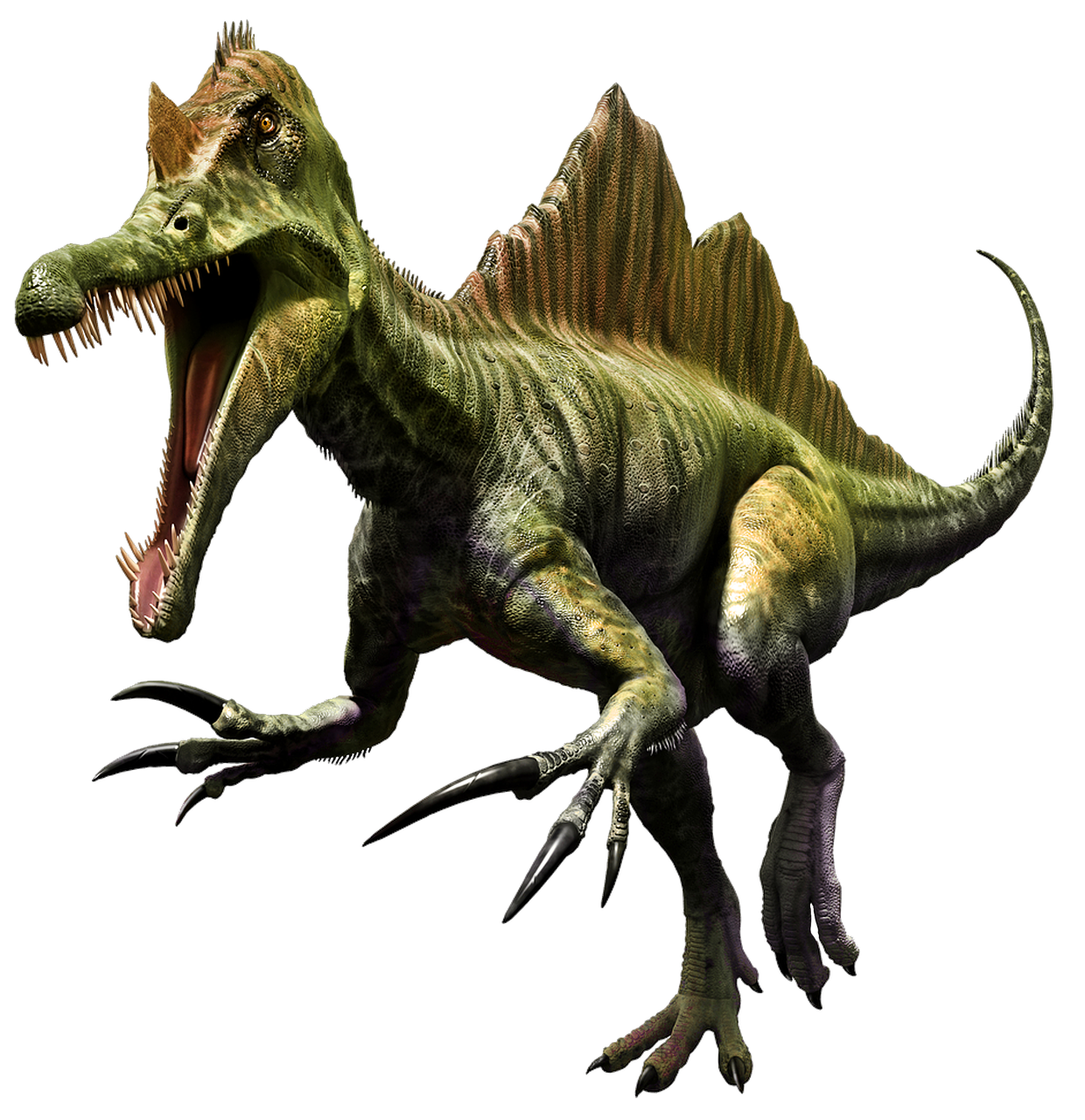
Ankylosaurus was a large armored dinosaur that inhabited North America approximately 70 million to 66 million years ago during the Late Cretaceous Period. Members of the genus Ankylosaurus belong to the family Ankylosauridae, which is composed of heavily armored herbivorous dinosaurs. The ankylosaurs, which include Euoplocephalus and Nodosaurus, flourished throughout the Cretaceous Period (approximately 146 million to 66 million years ago). They are further classified in the order Ornithischia, also known as the bird-hipped dinosaurs.
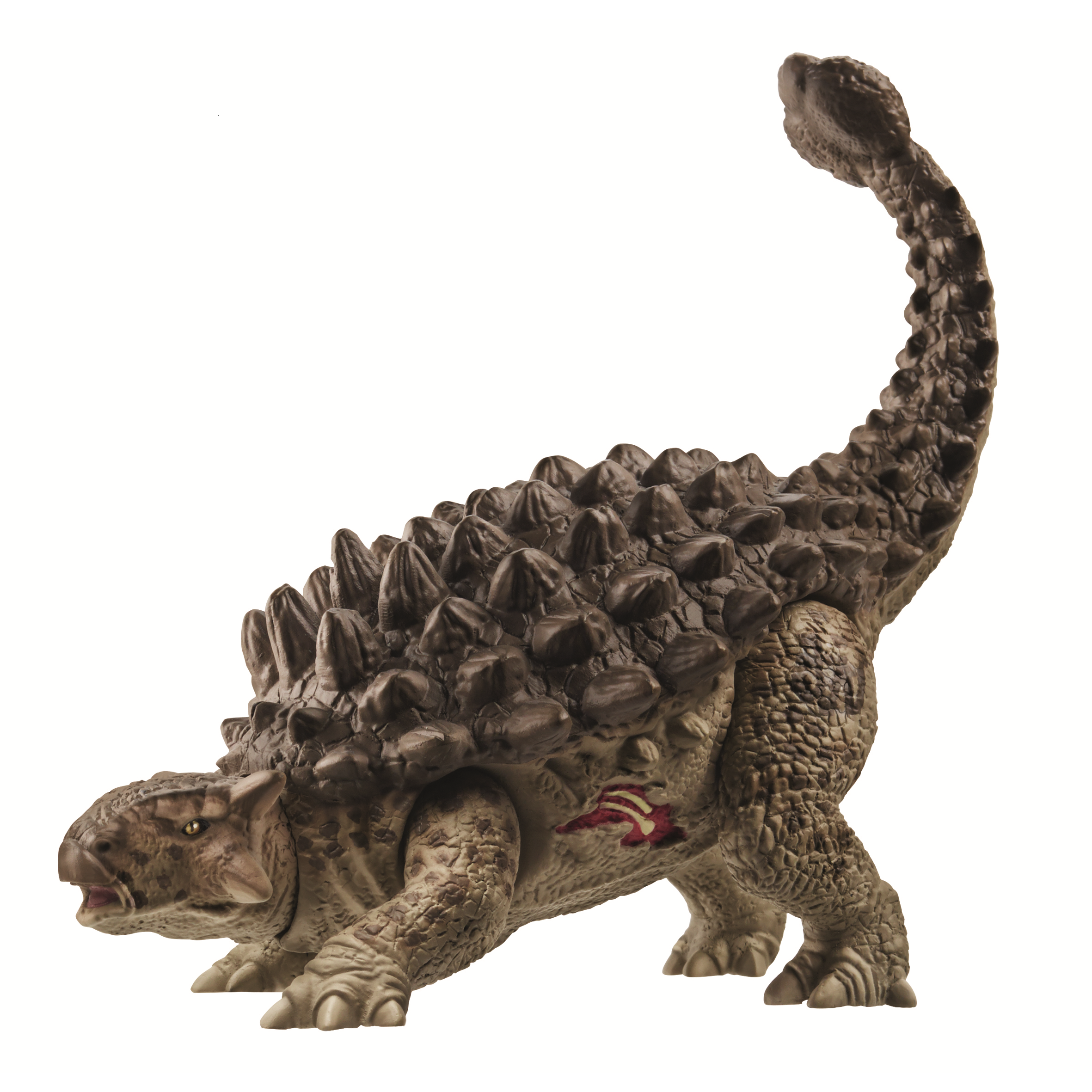
Diplodocus was an enormous herbivorous, or plant-eating, dinosaur that inhabited North America during the late Jurassic period (approximately 145 to 163 million years ago). Diplodocus is classified as a member of the family Diplodocidae, which contains dinosaurs with exceptionally long necks and tails, slender bodies and limbs, and tiny heads. The herbivorous, quadrupedal Diplodocidae are classified as sauropods, a subcategory of the order Saurischia (the lizard-hipped dinosaurs).

No other dinosaur has inspired more terror, awe and imagination than Tyrannosaurus rex. T. rex (as it is popularly called) was the supreme ruler of the prehistoric world and is the best known of all dinosaurs. The name Tyrannosaurus rex means ‘king of the tyrant lizards’. The name for this dinosaur is well deserved. T. rex proved to be the largest and most ferocious predator ever to walk the Earth. T. rex was just one of the group of dinosaurs called tyrannosaurs. The tyrannosaurs were theropods, which means that they were meat-eating dinosaurs that walked on their two back legs.
Image : www.hiclipart.com
The dinosaur known as Triceratops somewhat resembled a modern rhinoceros. It was a massive animal with distinctive horns on its head. However, the Triceratops’ head had three sharp horns and a bony neck frill surrounded the head like a huge collar. The animal was given the name Triceratops, which means ‘three-horned face’, because of its characteristic horns. Triceratops belongs to the group of dinosaurs known as Ornithischia, the bird-hipped dinosaurs.
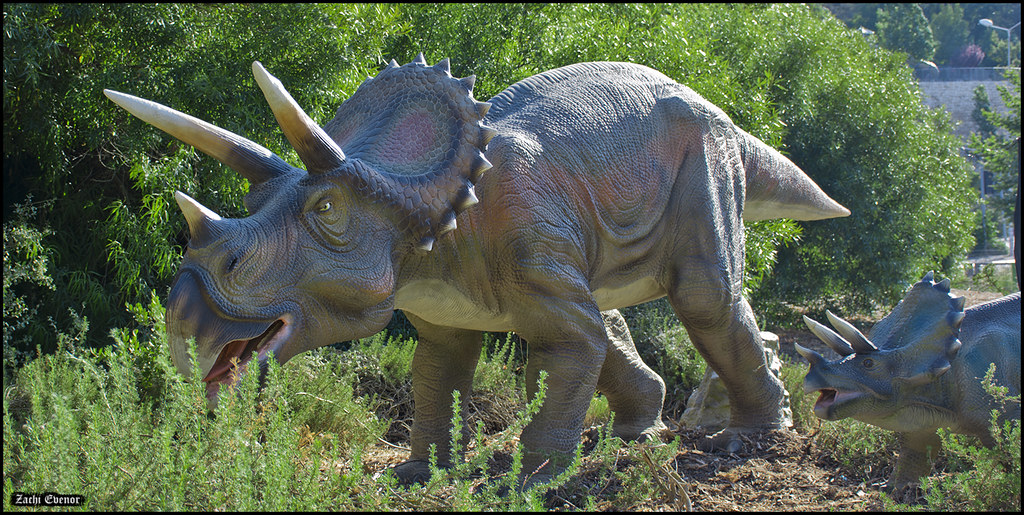 Image : Flickr | Creator: Zachi Evenor | Credit: Zachi Evenor |Copyright: Zachi Evenor (c)
Image : Flickr | Creator: Zachi Evenor | Credit: Zachi Evenor |Copyright: Zachi Evenor (c)
Triceratops Finger Puppets.
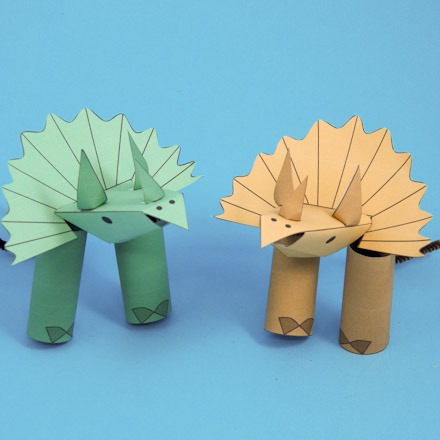
Image : auntie.com
Velociraptor was an agile carnivorous, or meat-eating, dinosaur that inhabited Asia during the late Cretaceous period, approximately 65 to 99 million years ago. Velociraptor is classified as a member of the family Dromaeosauridae, which includes dinosaurs with an especially large and deadly sickle-shaped claw. Velociraptor belongs to the order Saurischia—the lizard-hipped dinosaurs—and the suborder Theropoda. 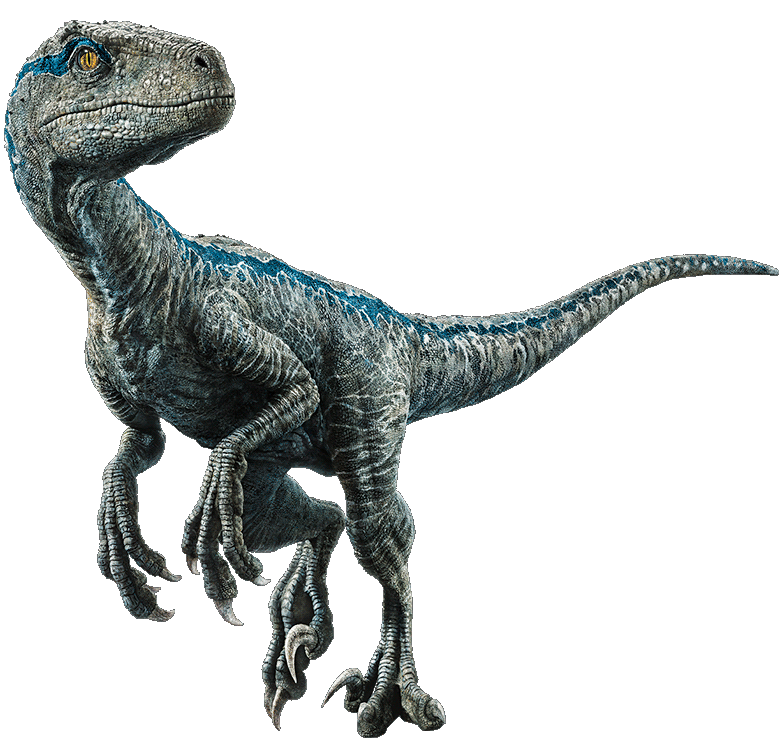
Image : hiclipart.com
Stegosaurus was a heavily armoured dinosaur. It is recognised by the enormous, triangular bony plates that ran along its back. The name Stegosaurus means ‘covered lizard’ or ‘roof lizard’, because of these plates. Stegosaurus is a member of the group of dinosaurs known as the Ornithischia, the bird-hipped dinosaurs. It is the most familiar and the largest of the stegosaurs, or plated dinosaurs.
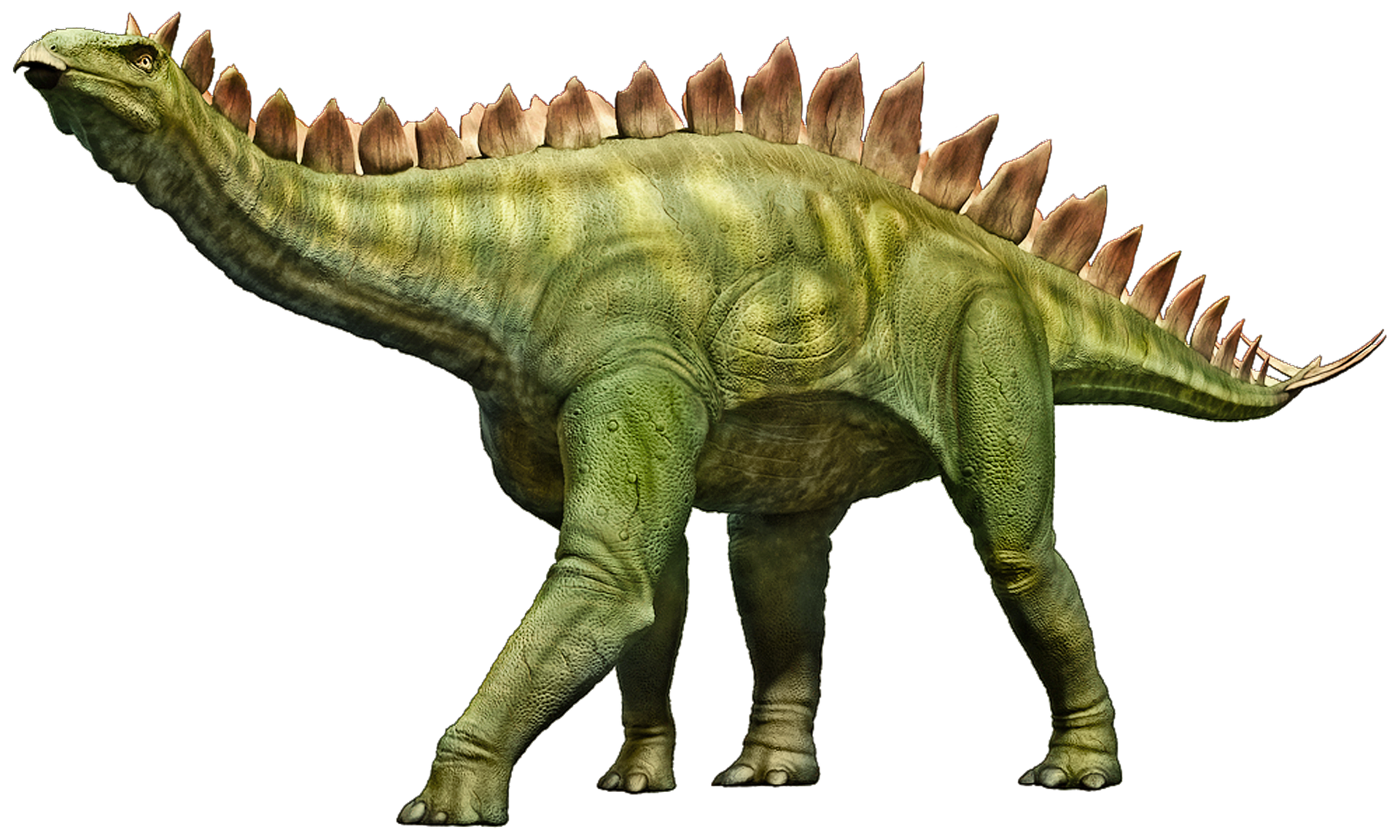
Image : Pixabay.com
One of the tallest of all dinosaurs, Brachiosaurus was built something like an enormous elephant with an extremely long neck. This dinosaur was tall enough to have looked over the top of a modern four-storey building. The name Brachiosaurus means ‘arm lizard’ in Latin. Scientists call it this because of its long front legs. Brachiosaurus belongs to the group of dinosaurs known as sauropods, which also includes Apatosaurus and Diplodocus. The sauropods were large, plant-eating dinosaurs with long necks, massive bodies and four pillar-like legs to support the body.
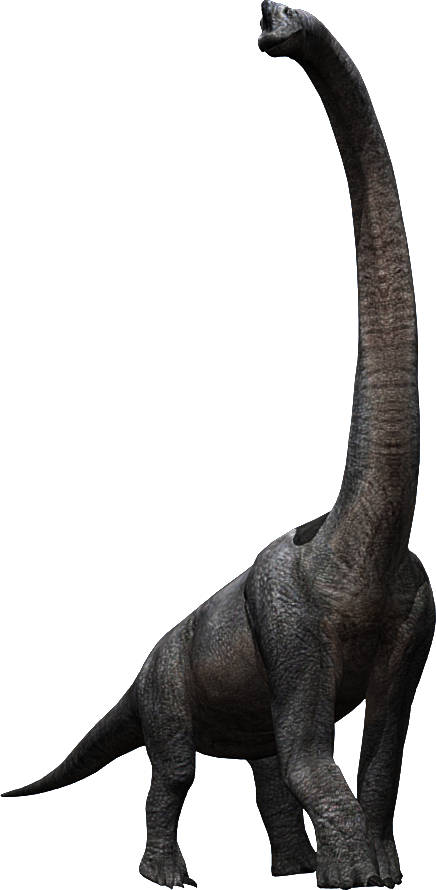
Image : hiclipart.com
A massive dinosaur, the Apatosaurus weighed as much as five adult elephants. The name Apatosaurus means ‘deceptive lizard’. This dinosaur may be better known by its former name, Brontosaurus, which means ‘thunder lizard’. It was called this because of the loud, earth-shaking sound it may have made while walking. Apatosaurus belongs to the group of dinosaurs known as sauropods, which also includes Brachiosaurus and Diplodocus. The sauropods were large, plant-eating dinosaurs with long necks, massive bodies and four pillar-like legs to support the body.
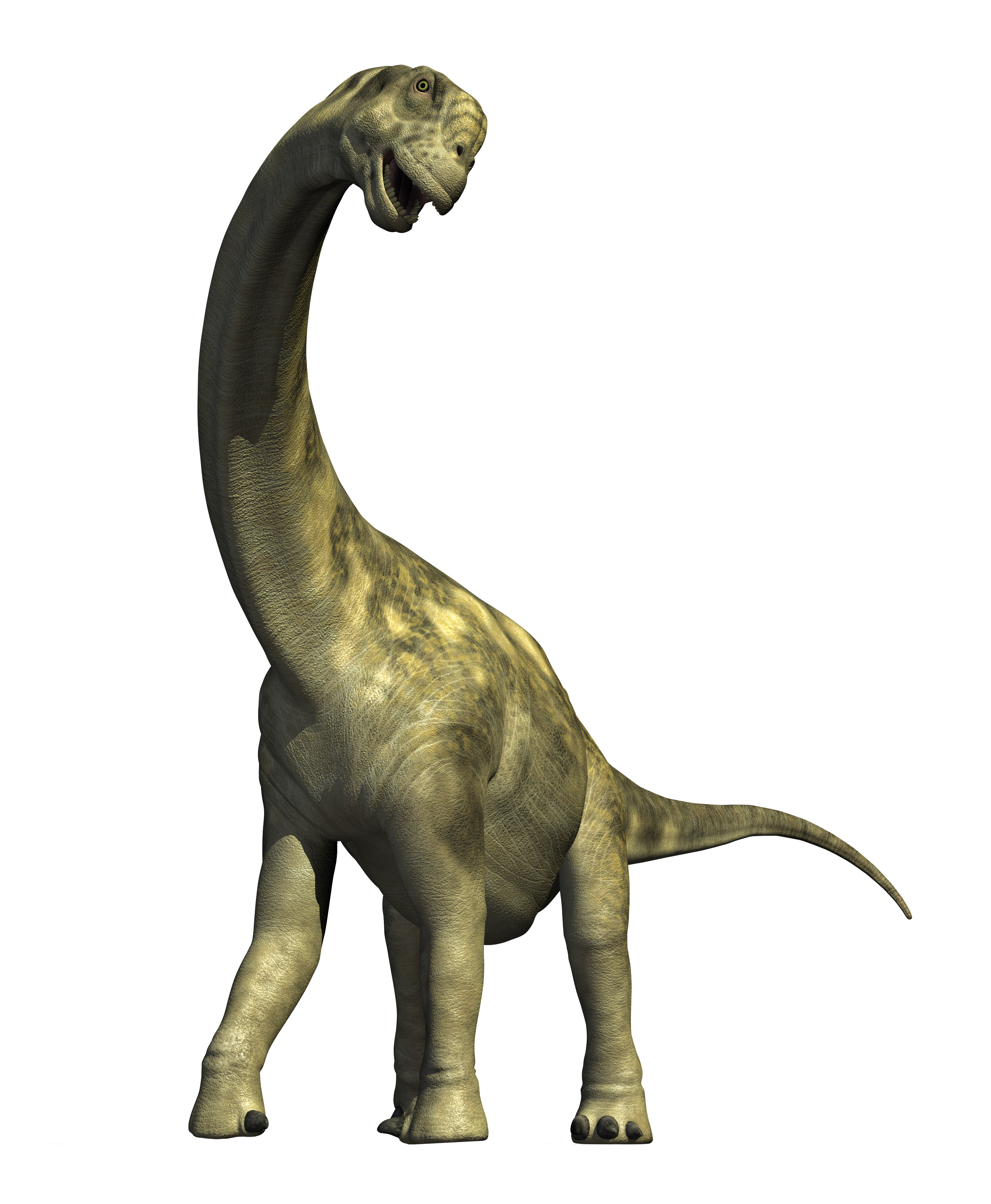
Image : hiclipart.com
The most recognised group of prehistoric flying animals is the pterodactyls. Often considered sorts of prehistoric birds, pterodactyls were actually more closely related to reptiles. The name pterodactyl means ‘wing finger’. This name was chosen because the extremely long fourth ‘finger’ of each ‘hand’ supported its wings. The several different types of pterodactyls were all members of a larger group called pterosaurs.

Image : hiclipart.com
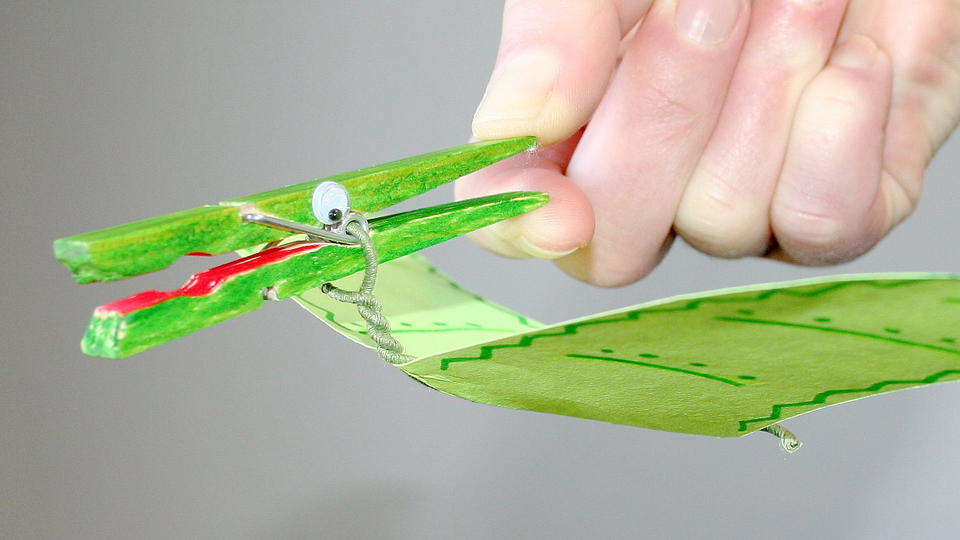
Image : www.leapfrog.com